In this blog post, you'll learn about the possible reasons why your dog has stopped eating. You'll also receive tips on how to potentially make your furry friend's food more appealing again.
|
Contents
Why isn't my dog eating?
There can be many reasons why your dog has stopped eating. The reasons listed here are therefore not exhaustive. However, we would like to introduce you to three groups of causes that will help you investigate the specific cause of your furry friend and provide guidance.

Similar to humans, psychological or physical / medical reasons can trigger a loss of appetite and be a possible explanation. The third group of causes we see are " canine " reasons. Every dog is unique, has its own preferences, and its own will. Your furry friend may even decide against certain types of food – simply because they don't taste good. In short, the following causes should be examined:
Psychological reasons
- stress
- malaise
- Behavioral problems
Physical-medical reasons
- Due to medical treatment
- Due to illness, injury or inflammation
- Due to tooth growth
- Hormonally caused, e.g. in pseudopregnancy or puberty
Canine reasons
- Dog is full
- Dog doesn't like the taste of the food
- Dog is used to other food, possibly rather unhealthy food with many attractants, which lead to the dog initially refusing BARF or high-quality food
- Dog food has been changed very frequently: Dog is used to change
My dog doesn't eat, only treats
Your dog refuses food but eats treats? Then caution is advised. You can never replace dog food with treats . Treats don't meet your dog's nutritional needs. Dog treats are designed as small snacks for between meals, which can be fed in limited quantities. However, there is no guarantee that the dog will receive all the minerals, vitamins, and sufficient protein. They do not meet all the dog's needs. So, if your dog only eats treats, be sure to follow the following tips to encourage your dog to eat again.
Tips: What should I do if my dog doesn't eat?
There are several ways you can get your furry friend back to enjoying their food. You'll find a list of initial tips in this section. Of course, every dog is different, so it's up to you to simply try out different things to see what your pet responds to.

Medical check
First, you should always rule out the possibility that your dog is skipping meals for physical or medical reasons. If the loss of appetite is accompanied by classic symptoms of illness such as diarrhea, fever, and vomiting, please consult a veterinarian immediately. A blood test and a thorough oral examination at your veterinarian can be informative.
rarity
Make sure the food isn't always accessible to your furry friend. We humans often don't find things that are always accessible that exciting.
Celebration or disregard
Show your four-legged friend that food and eating are special and celebrate feeding time with your furry friend. This helps your furry friend associate feeding with an experience with you and often makes them curious. Caution: Avoid treats, however, and instead praise them with your voice and physical reactions to keep the focus on the food. The alternative is to offer feeding as a neutral act and, if the dog refuses, put the food away just as calmly after a certain time. Which of these approaches you choose depends largely on your dog's personality. The important thing is that you don't express your desperation and emotionally hope that your dog will eat. Your dog will notice this immediately.
Peace and place
If you have a picky dog, it's important that feeding takes place calmly and without too many distractions or even stress. Therefore, make sure there are no other animals or dogs nearby that could upset or unsettle your food-rejecting dog. Also, choose a time and place for feeding that will keep your dog relaxed. Feeding immediately after a strenuous walk is not recommended. You can also try different feeding locations.
Mindfulness of quantity, time and treats
If your dog refuses the main meal, pay close attention to which and how many treats and how much food you feed. Treats and snacks don't contain all the nutrients your dog needs. Therefore, it's important that your dog focuses on consuming complete food, for example, by strictly monitoring the number of treats and preventing your dog from losing his appetite for the main meal because of all the treats. Also, pay attention to the amount of food and feeding times to ensure that your dog gets hungry on its own. Especially with picky dogs, it's okay to practice a type of intermittent fasting and not always feed your furry friend at the same time.
High-quality feed
Make sure your dog is fed high-quality food from an early age so that he or she does not succumb to the temptation of unhealthy attractants.
______________________
If your dog's lack of appetite persists, please consult your veterinarian urgently. However, if this is just a normal, everyday fussy behavior, see how your furry friend reacts to Alpenwuff and give it a try. 😊
"Food without compromise" - We want more dogs to be fed healthy food!

What does "open declaration" mean?
The " open declaration " in the context of dog food refers to the transparent disclosure of information about the composition of the food in terms of the individual ingredients and their processed quantities.
"Open declaration" means that we transparently list all ingredients and their exact percentages in Alpenwuff food. So you always know exactly what's in every bag of Alpenwuff.
An open declaration serves to give pet owners clear information about the food so they can make informed decisions about their daily diet. By reading the declaration, pet owners can determine which main ingredients are contained in the food. This helps to rule out allergens, evaluate the quality of a food, and develop an understanding of a dog's behavior. For example, if a food consists primarily of corn, this is often reflected in its behavior. An open declaration therefore makes it possible to ensure that the food meets the dog's individual needs and promotes its health. In addition, the declaration ideally includes information about the manufacturer and the manufacturing process, which creates confidence in the product quality and traceability of the raw materials.
Why should cold-pressed food be better?
The comparison between extruded and cold-pressed dog food can be shown using several aspects that illustrate the advantages of cold-pressed food:
- Gentle manufacturing process: Cold-pressed feed is produced at lower temperatures (60°C). In contrast, extruded feed is produced at high temperatures (up to 200°C), resulting in a greater loss of natural nutrients.
- Better nutrient preservation: The gentle manufacturing process helps to better preserve the natural nutrients of the ingredients, similar to steam cooking. Due to the gentle temperatures, natural vitamins and nutrients in cold-pressed food remain largely intact.
- Better digestibility: Cold-pressed food breaks down quickly into its components in the dog's stomach and doesn't bloat when exposed to liquid like most extruded food briquettes. This means the nutrients are quickly accessible and digestible. The easier digestibility of cold-pressed food can help dogs experience fewer digestive problems. This leads to less bloating and an overall happier dog.
To what temperature is the food heated?
Our feed is gently cold-pressed at low temperatures to preserve nutrients. The cold press reaches a maximum temperature of approximately 60°C.

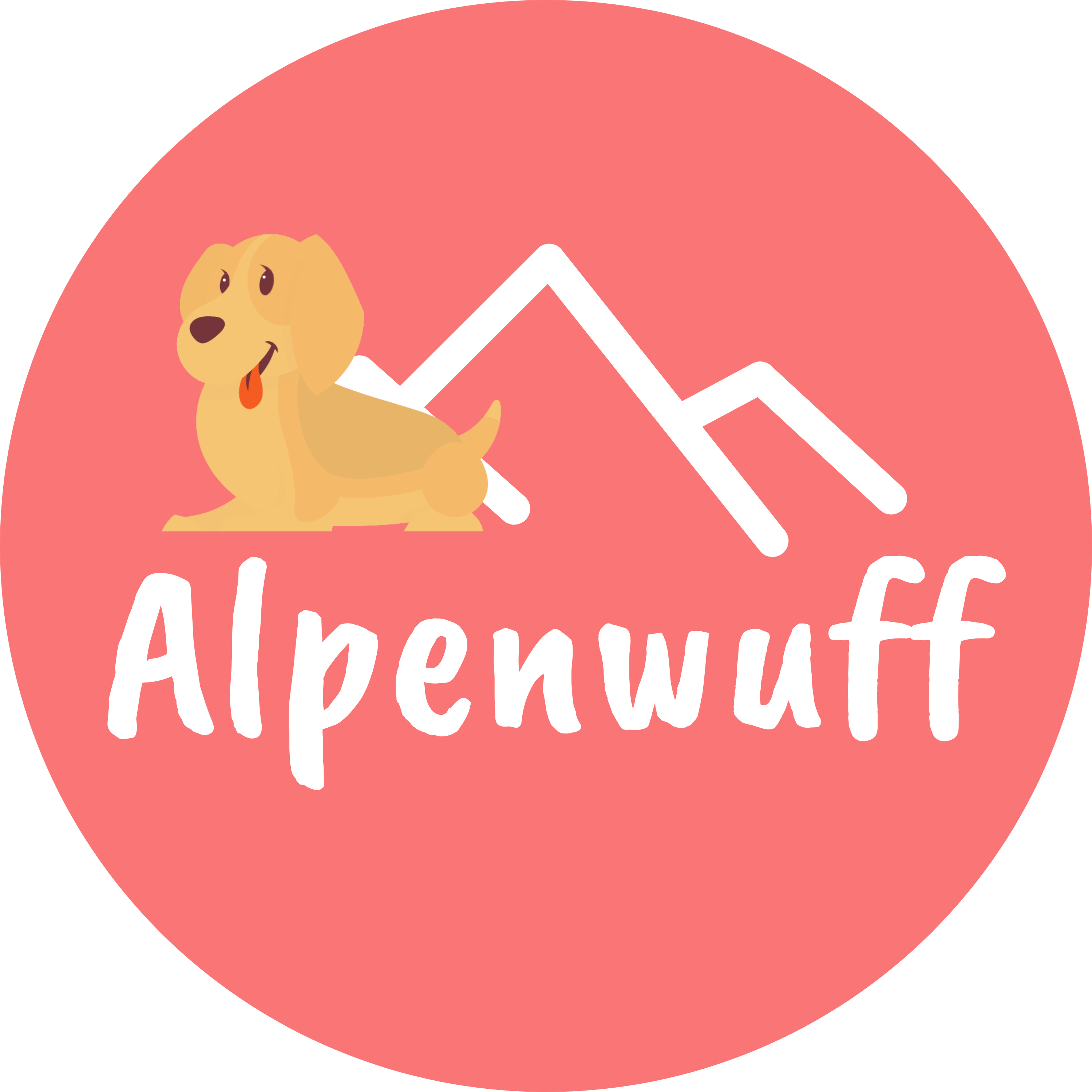
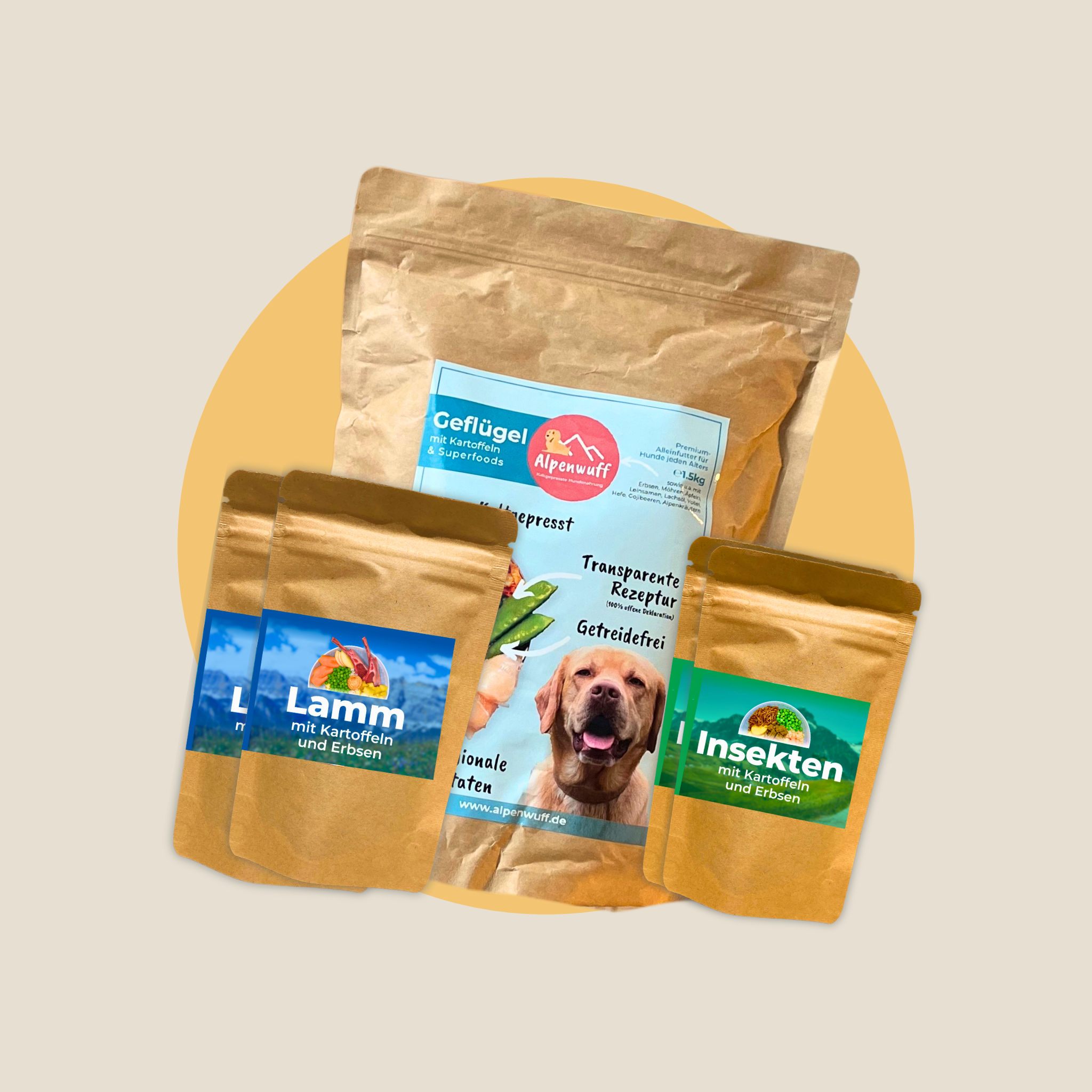
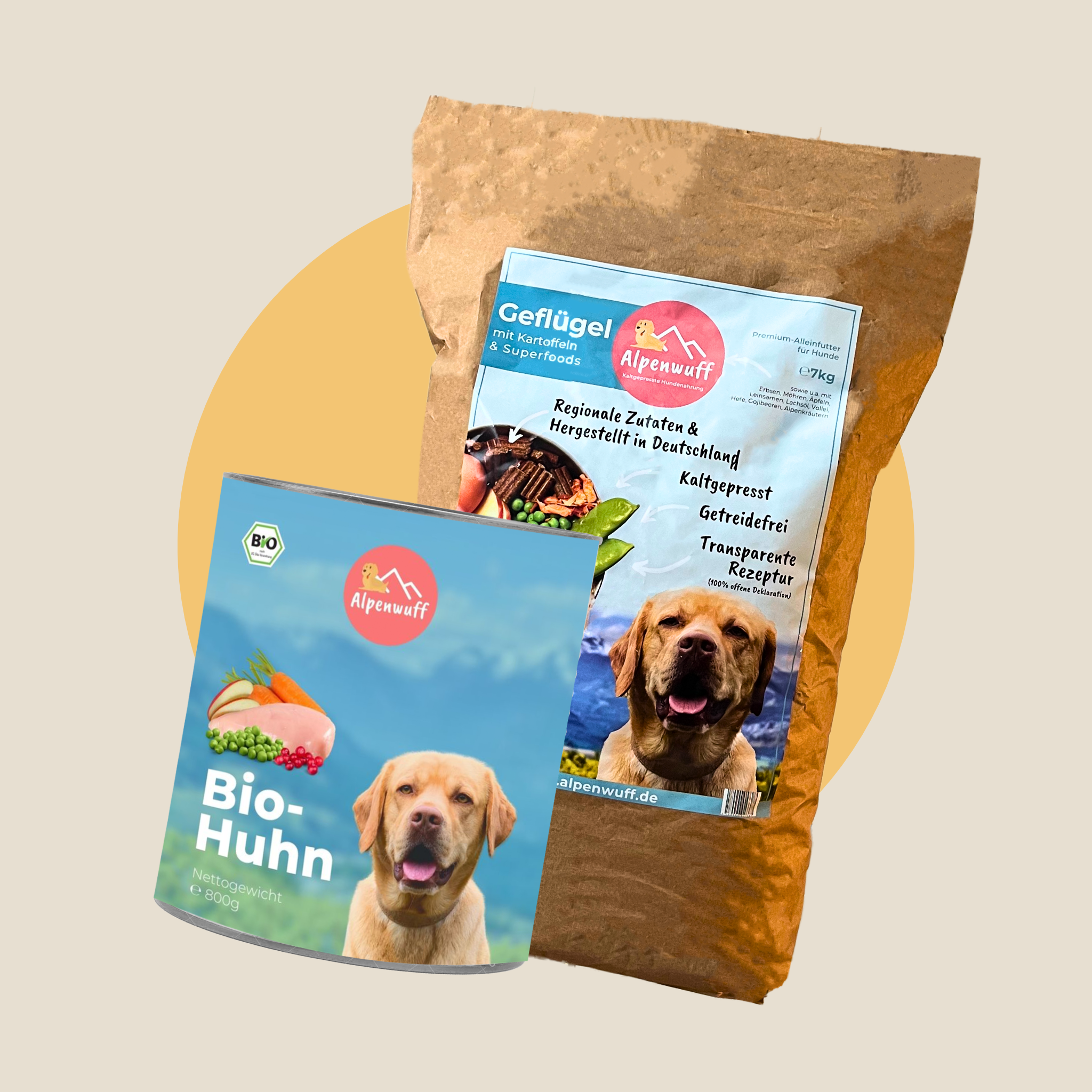
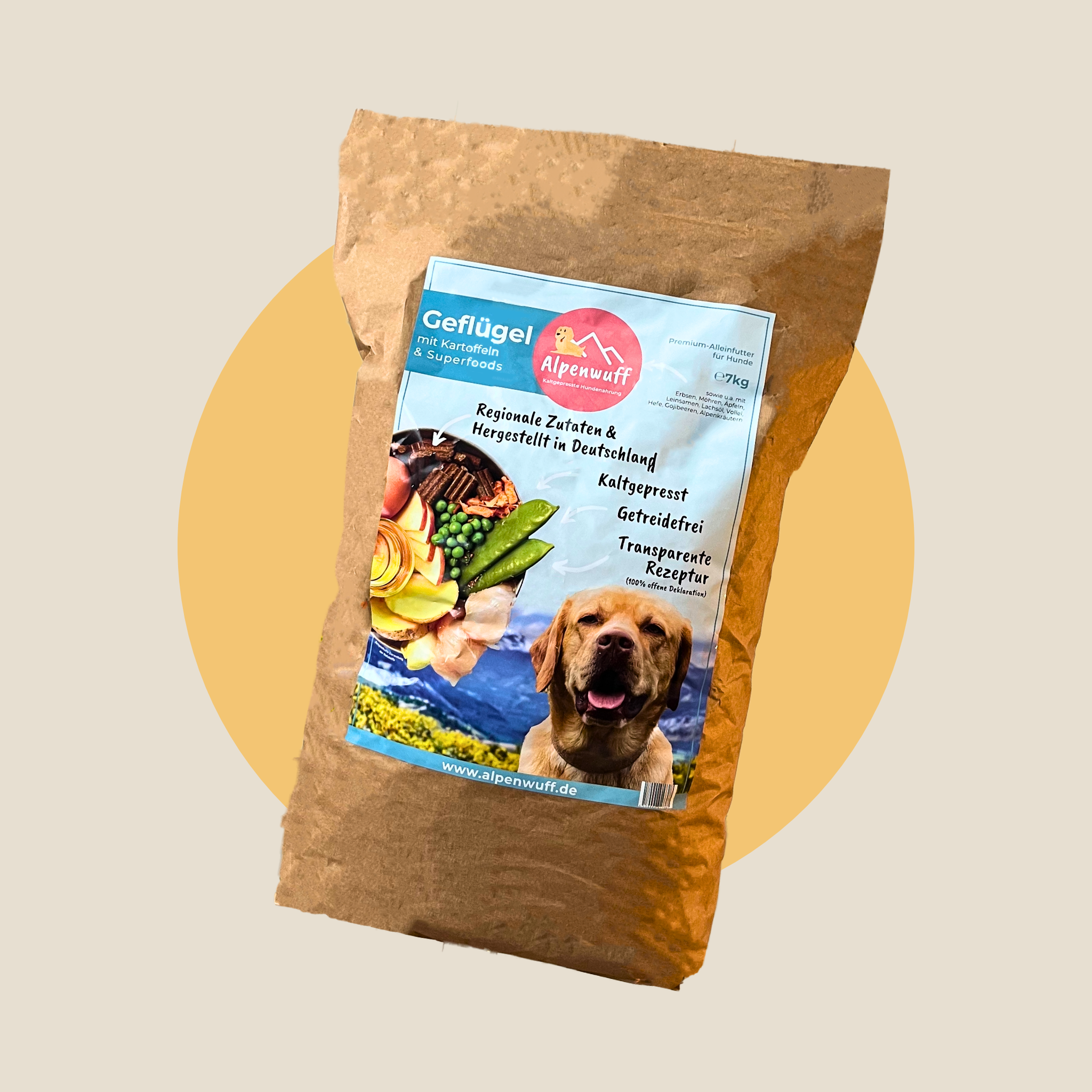
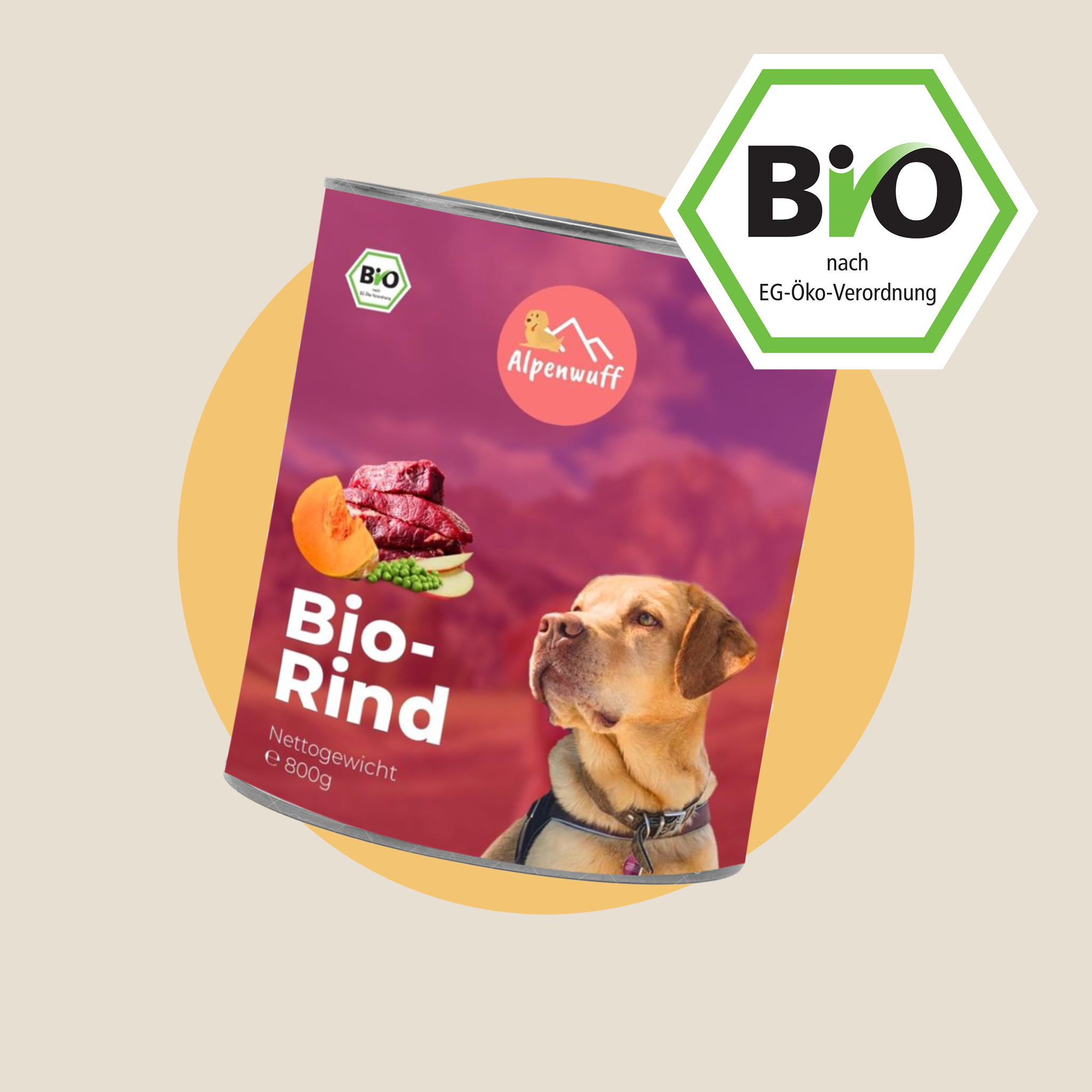
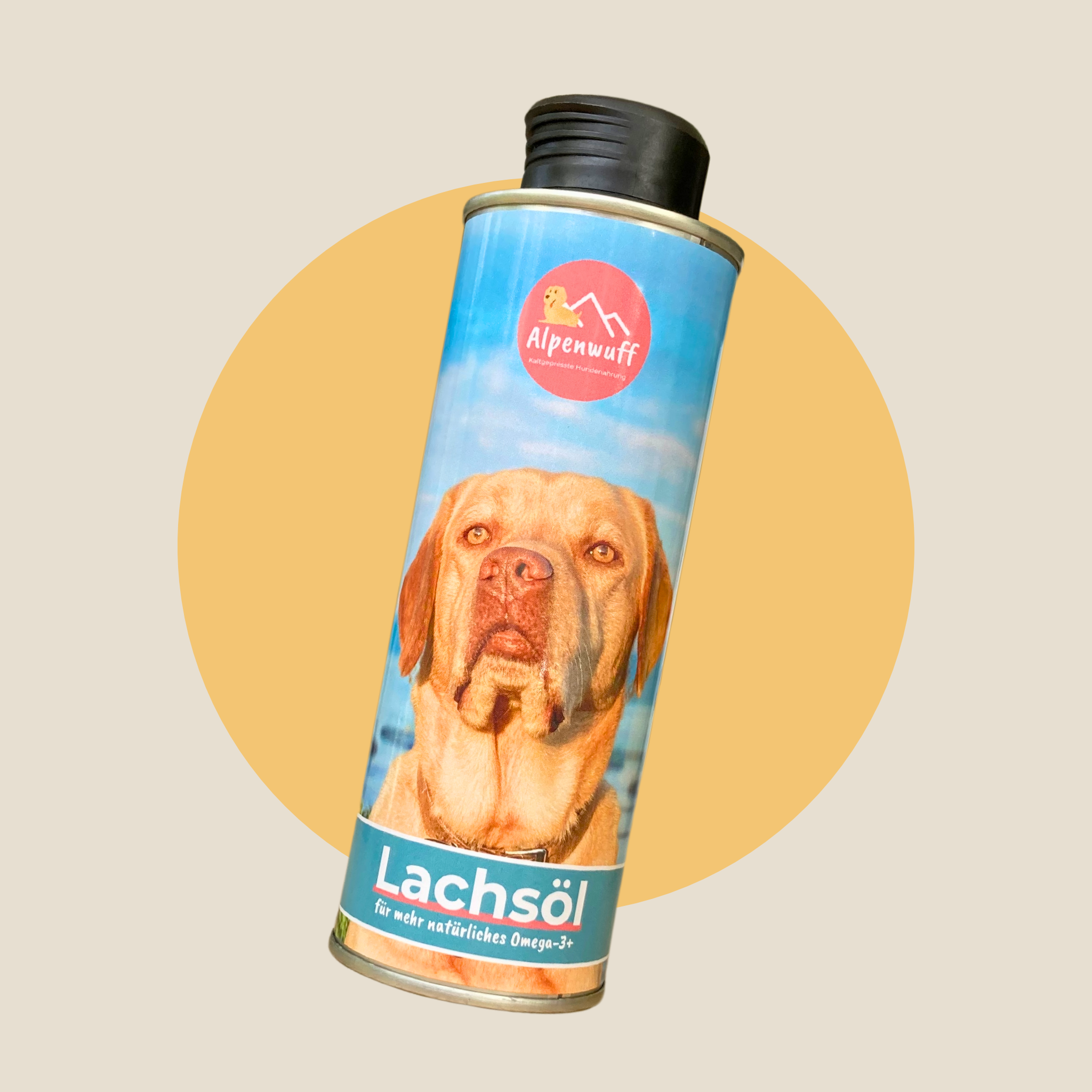
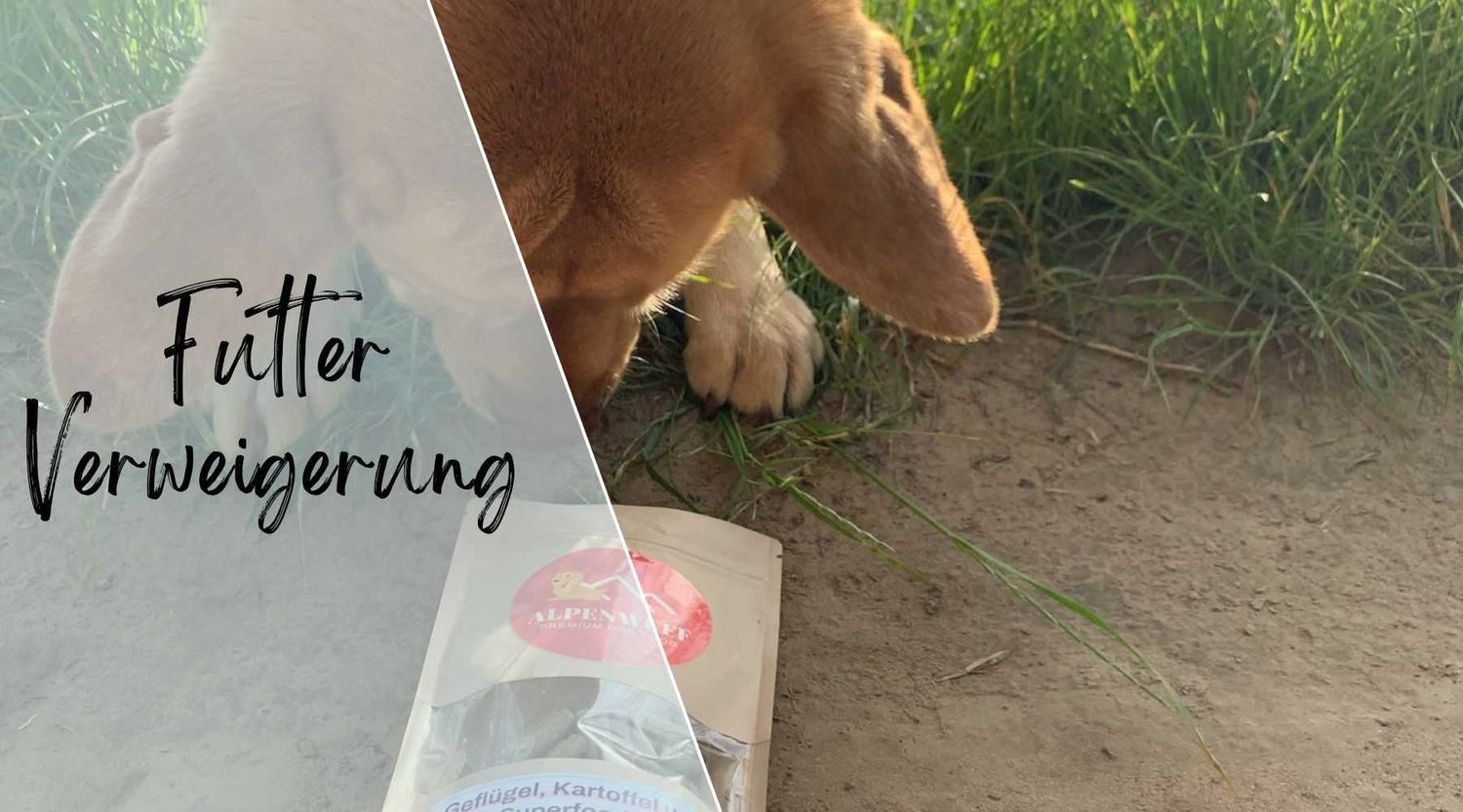


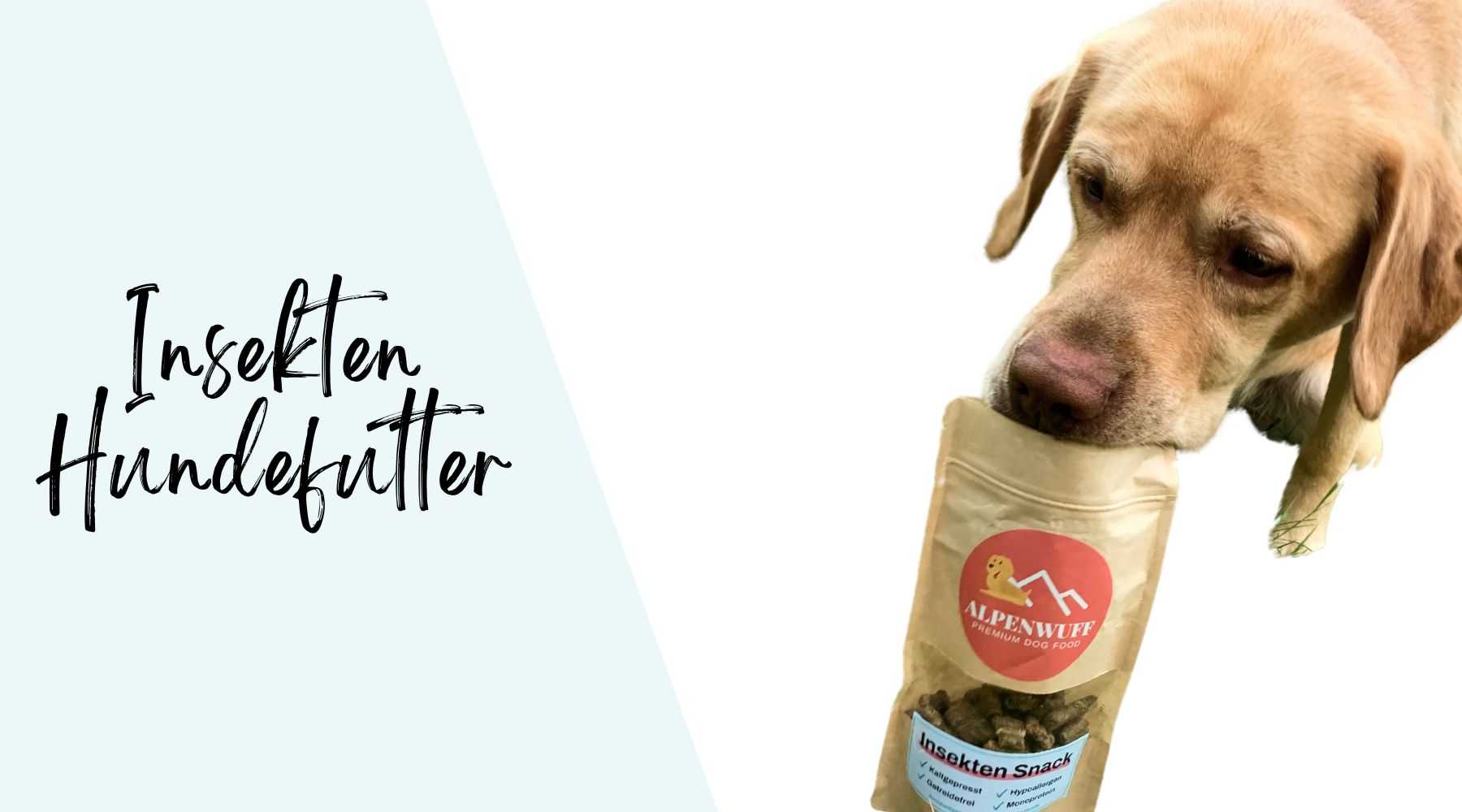
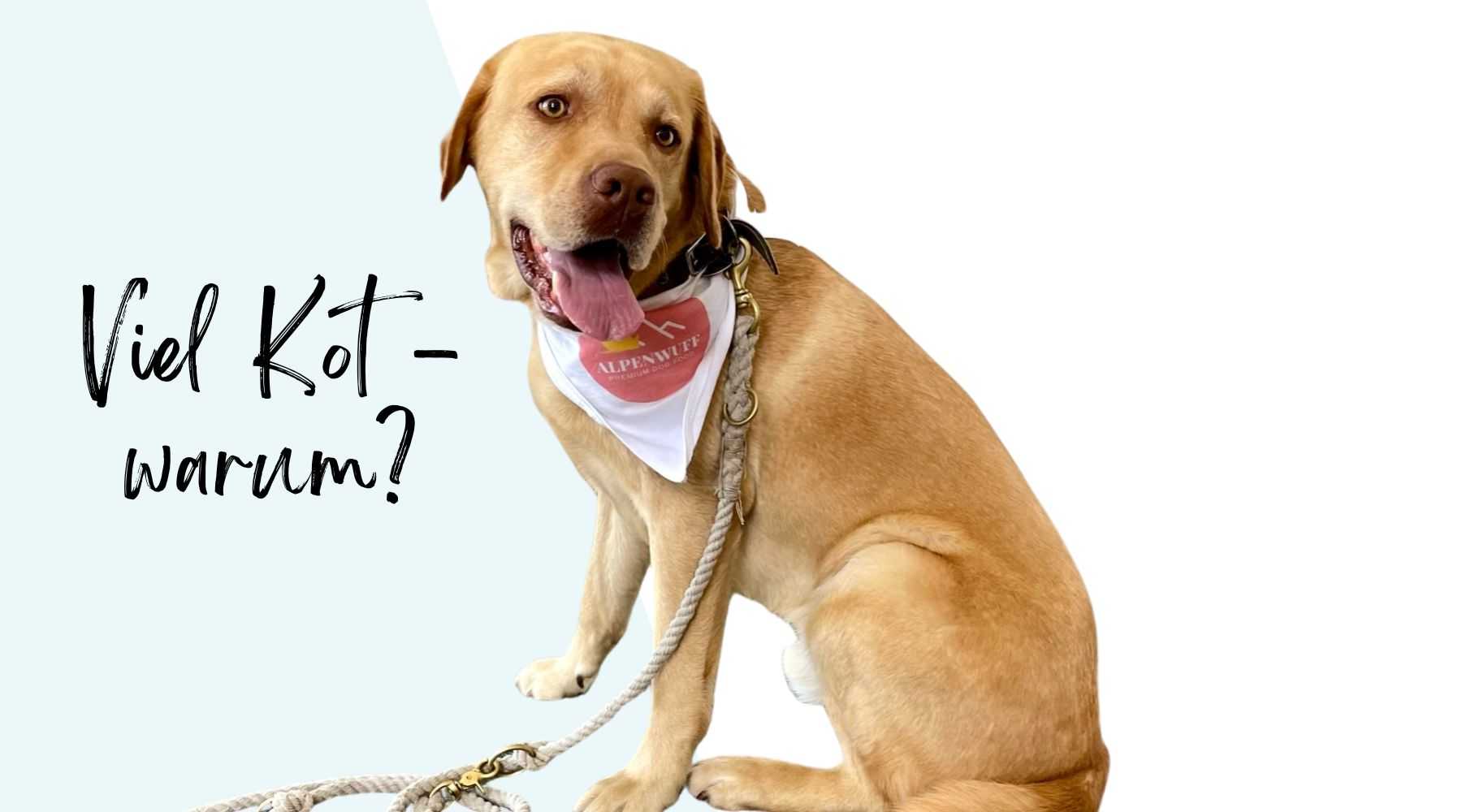
Leave a comment
All comments are moderated before being published.
This site is protected by hCaptcha and the hCaptcha Privacy Policy and Terms of Service apply.